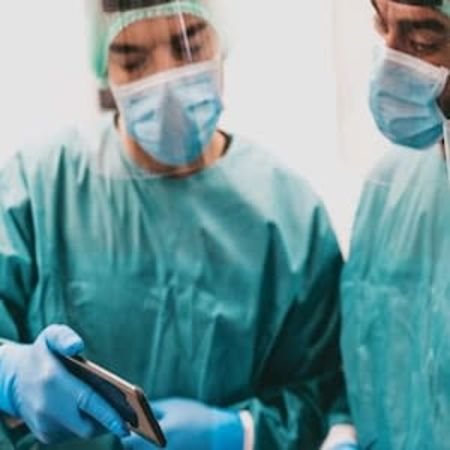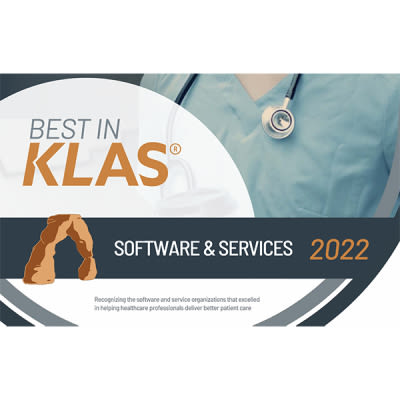With smartphones being used for anything and everything these days, healthcare providers are also capturing medical photos on mobile devices such as tablets and smartphones. When it comes to imaging quality, most mobile devices can take pictures to rival high-end digital SLR cameras. This makes mobile devices a powerful tool for enterprise imaging, especially in dermatology, ophthalmology, wound care and reconstructive surgery.
However, it is important to ensure that this type of patient data does not fall into the wrong hands. Often, this can be unknowingly triggered by patients when they download photos and/or share them without realising who might get a hold of these records. It is thus critical to follow best practices on how to acquire and secure medical images with mobile devices. Some of these practices include:
- Understanding that mobile devices being used for patient images are “medical devices” - As Paul Lipton, product manager and innovation leader for enterprise imaging (EI) at Agfa HealthCare, points out, mobile devices are like CT scanners that clinicians can hold in their hands. They should be considered medical devices if they are being used for patient images.
- Ensuring good governance - There should be a governing body in place that helps standardise image descriptions within departments and across an enterprise. There should also be representation from clinical departments, IT, EHR management and the hospital’s C-suite.
- Ensuring protected image sharing and using proper software - Photos taken from unprotected devices or those without specialised software for medical photography can get uploaded to the cloud. That is why it is important to invest in proper software which is regularly updated and upgraded.
- Implementing processes and using software that protect patients from being identified through distinguishing body features - There should be a way of annotating the presence of identifying image data. This should be catalogued, and software should be used that can hide sensitive photos and studies so that only privileged users can access them.
Overall, it is important to remember that there is a big difference between medical photos and records and casual photos. Also, medical images acquired through mobile devices must be accessible via the EHR. That is the only way these images can be properly utilised by clinicians.
There is no doubt that we are living in an image-centric world. Technology has made it possible to make the process of care more accessible and convenient. However, within this “virtual” model, it is important to cover the bases on privacy, security and ease. Mobile-enabled tools can be used to optimise care and make clinicians more efficient, but it should be done while balancing patient privacy and security.
Source: Agfa HealthCare
Image Credit: Agfa HealthCare
























